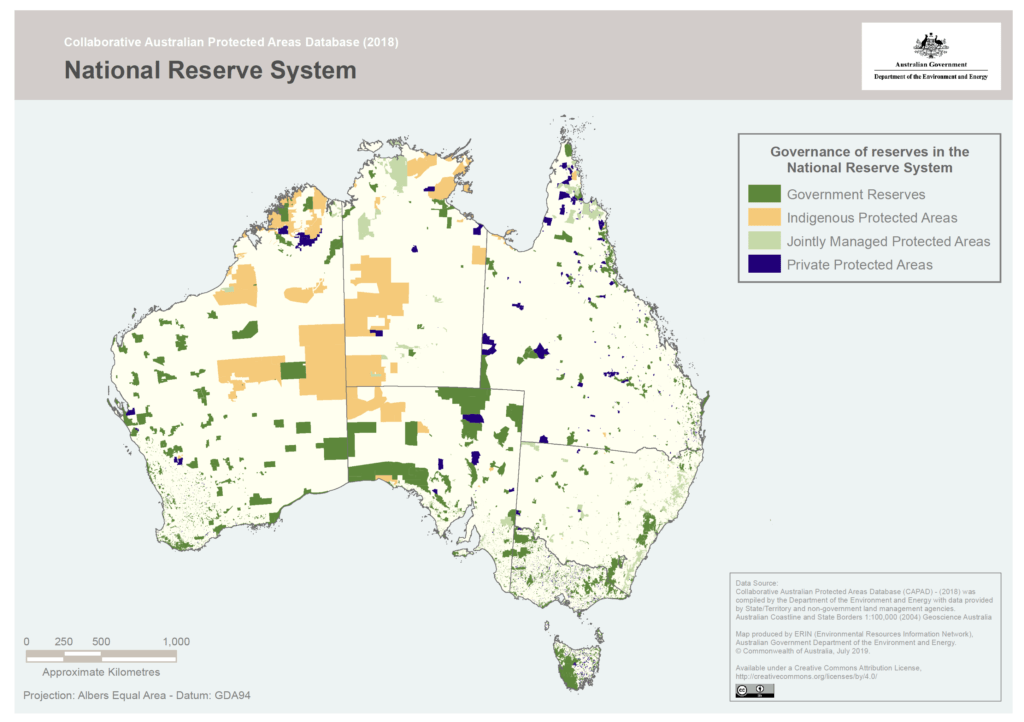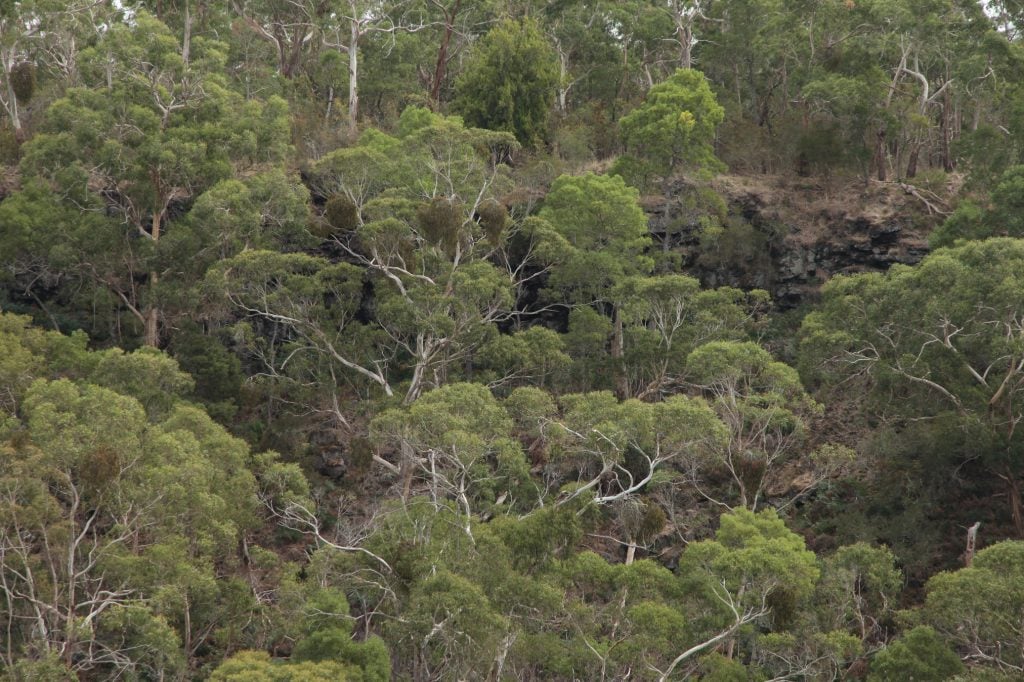50 countries have now joined a coalition vowing to protect 30% of land and sea to stop species extinction and address climate change by 2030.
The One Planet Summit was led by France and the UK, Canada and Germany. President-elect Biden has joined promised to join the coalition. There’s no word from the Coalition as to why Australia did not sign on. It’s not as if we don’t have a species extinction problem.
Australia currently protects only 19.74% of land nationally. Queensland and NSW protect the least with 8.68% and 9.31% respectively.

Large swathes of reserves are in arid and/or Indigenous Protected Areas.
Last year’s bushfires wiped out an estimated 3 billion animals and vast areas of rainforest, never before burned, like the Blue Mountains in NSW and this loss has yet to be factored in to assessments.
Ecological Society of Australia sets out the situation:
Exactly 100 Australian species are validly listed as extinct or extinct in the wild under Australian federal, state or territory legislation, and/or under the IUCN;
38 plants, 34 mammals,10 invertebrates, 9 birds, 4 frogs, 3 reptiles,1 fish, and 1 protist.
The true number of extinctions is likely far higher, due to poor survey effort (especially non-vertebrate animals, plants and fungi) and uncertain taxonomy (undescribed extinct species). There has been a steady rate of known extinctions since 1788, ~4 extinctions per decade.
In Australia, 1892 species or subspecies at risk of extinction are listed as ‘threatened’ under the Environment Protection and Biodiversity Conservation Act: 156 birds, 134 mammals, 63 reptiles, 59 fishes, 41 amphibians, 66 ‘other animals’, and 1373 plants. Of these, 191 plants, 17 birds, 15 frogs, 10 mammals, 10 reptiles, 7 fishes and 30 other animals are Critically Endangered, meaning they have an extremely high risk of extinction—at least 10 birds and 7 mammals are predicted to be extinct within 20 years. The list of threatened species is incomplete and growing.
Major threats are invasive species (82% of species), ecosystem modification (74%), agriculture (57%), human disturbance (38%), and climate change (35%). Well-funded protected areas aid recovery, but 52% of species face threats outside protected areas, so coordination across tenures is vital. It is estimated that Australia needs to invest AUD$1.69 billion/year to recover threatened species. The current level of investment is ~AUD$122 million/year. Australia’s extinction crisis will deepen without further investment and unless the threats driving biodiversity loss are reduced.
(Species are classified as Extinct (EX) when there is no reasonable doubt that the last individual has died, and Extinct in the Wild (EX(W)) when individuals only survive in cultivation, captivity, or outside their native range.)
After Indonesia, Australia has the second-largest number of endemic species – species found nowhere else in the world. Our loss of mammals – 34 – is about the same as the rest of the world combined over the past 200 years.

